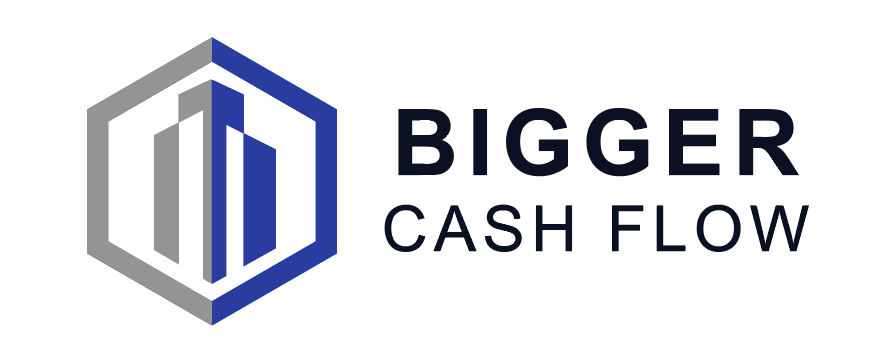Real Estate 034: Real Estate Hard Money Lenders
/In previous blog posts, we have discussed various financing strategies such as conventional lending, private money, home equity line of credit, and seller financing. You may have also heard the term hard money lending (HML) from Real Estate meetups and forums. When compared to a private money lender, hard money lenders are individuals or group of individuals that lend their money based on the value and cash flow of the subject property and not the net worth, credit history, or liquidity of the individual borrower.
Hard money lenders are typically more sophisticated and have industry experience. As these loans are being made based on the asset, there is inquiries and reviews performed on the property through an inspection, drive by, and/or walkthrough, as well as the business plan, such as the rehab bid and ARV projections through an appraisal, Comparative Market Analysis (CMA) or Broker's Price Opinion (BPOs).
The benefits of working with Hard Money Lenders is that they are professionals that understand the needs of the deal. In a hot market, speed is crucial, and some hard money lenders are able to close in 7-10 days from signing the purchase agreement.
When interviewing various Hard Money Lenders, they will generally give you a fee sheet that include their sample terms as follows:
Amount Financed - Maximum purchase and/or rehab price
Interest Rate - APR (yearly) interest terms on the deal (Recourse vs Non-Recourse)
Origination Fee or Loan Points - Pre-paid interest where 1 point equals 1% interest of loan amount
Closing Costs - Escrow Fees, Document Fees, Notary Fees
Loan Term - Duration of the loan and any allowable extensions
Below is a sample pre-approval I received from my Hard Money Lender:
"Hello Bo, we have you pre-approved you at 90% of purchase price plus 90% of repairs, subject to appraisal requirements for a combined purchase price plus repair amount of up to $225,000. Final approval is subject to review and approval of the property, budget, appraisal, and final funding source approval. The interest rate is 10% fixed, interest only monthly payments, no prepayment penalty.
There is a 2% origination fee for repairs under $50,000 and 2.25% origination fee for repairs exceeding $50,000 plus $385 processing fee and third party closing costs. (Higher pricing for loan amounts under $100,000). This loan term will be a six month loan with an automatic six month extension, so it can go up to 12 months in total.
The monthly extension fee beginning in month 7 is the loan amount times .0033 per month and is added on to the pay off at the end of the loan for any of the extension months used for months 7 through 12. Attached is a preapproval letter for a purchase price up to $175,000, leaving $50,000 for rehab. Please let me know if you have any questions or if you would like a letter that is property specific. Thanks!"
Based on my experience, I noted that the hard money lending process was as follows:
Step 1 – Pre-approval.
Step 2 – Place a deal under contract within the price range noted in the pre-approval.
Step 3 – Inform the HML of the subject property under contract and outline of estimated rehab costs (if any) along with ARV.
Step 4 – Appraisal, CMA, BPO, or walkthrough of subject property.
Step 5 – Underwriting of deal and adjustments (if any) to purchase/rehab loan amount.
Step 6 – Final approval and closing.
Step 7 – HML puts the loan amount into escrow at the title company or the lender will schedule draws (varies from lender to lender) to be taken upon successful completion of the rehabs in various tranches.
Step 8 – Complete rehab and obtain long term financing or sell to a buyer to pay off HML.
In conclusion, Hard Money Lenders are a great source of capital, especially for borrowers with experience, good deals and a need to close fast.
As always, please make sure you do your due diligence and talk to your CPA/Attorney/Financial Adviser before making any investment decision.
Good luck!














